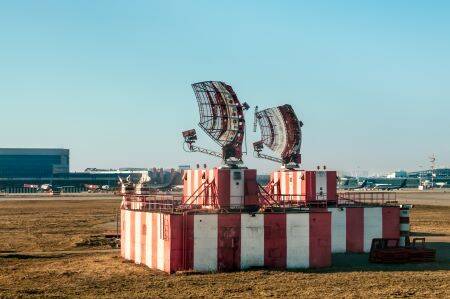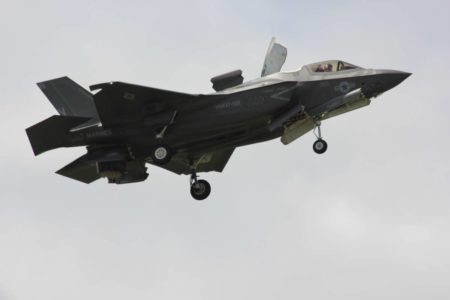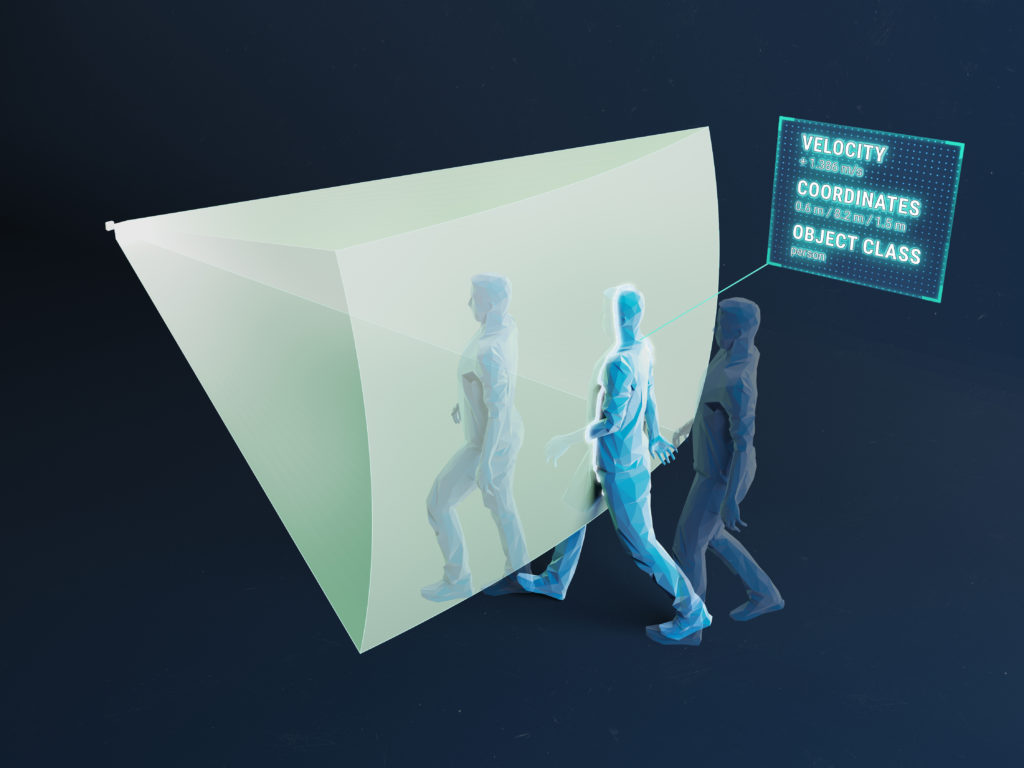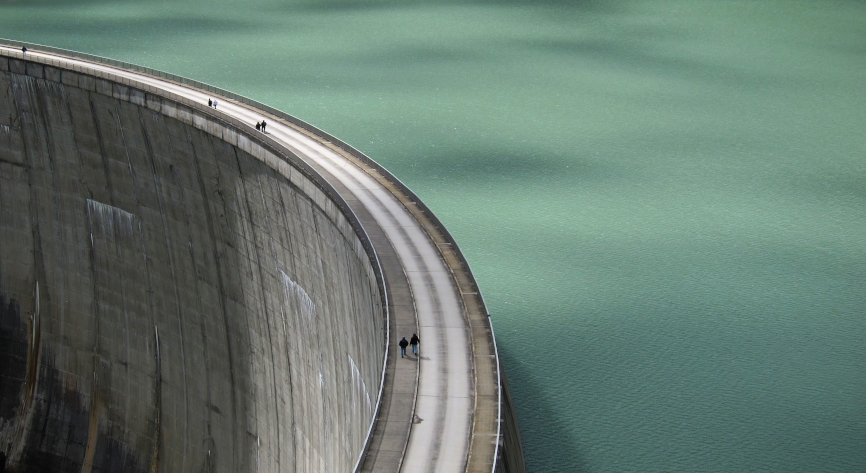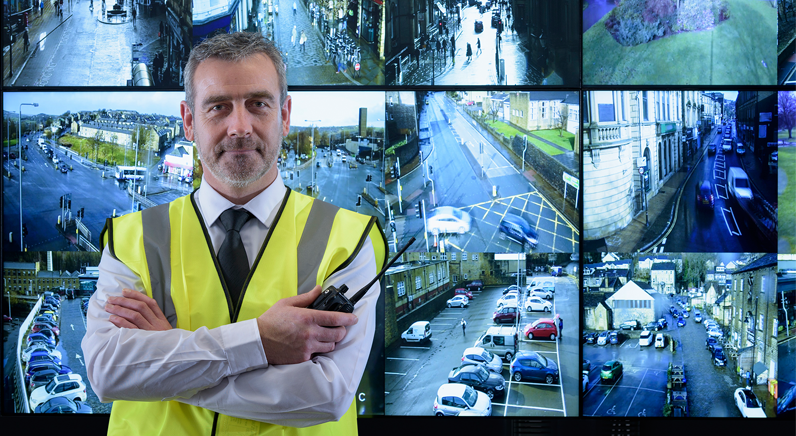Kelvin Hughes have announced it is undertaking a number of new projects for the UK’s Royal Navy (RN) in addition to the supply, installation and post design services (PDS) work it is already carrying out.
In September of last year, Kelvin Hughes was contracted to supply integrated bridge systems (IBS) and helicopter control radars for four Tide-class fleet tankers being built for the UK Royal Fleet Auxiliary (RFA). These ships – Tidespring, Tiderace, Tidesurge and Tideforce – represent the first phase of the UK MOD ’s Military Afloat Reach and Sustainability (MARS) programme, commissioned to maintain the RN ’s ability to refuel at sea and provide fuel to warships and task groups.
The Kelvin Hughes IBS is based on its state-of-the-art solid state SharpEye radar sensor and Naval MantaDigital (NMD) display, bringing significant operational benefits such as a low integration risk, enhanced operational capability and reduced whole-life cost. Equipment delivery is scheduled to commence in 2014.
The SharpEye radar system represents a radical and innovative departure from current marine navigation radar technology in that it has no magnetron and uses a coherent transmission, making it capable of separating small targets from clutter due to their differing radial velocity components.
Building on the success of its pioneering solid state technology, Kelvin Hughes has now won a number of other MoD contracts.
RFA ARGUS HELICOPTER CONTROL RADAR
RFA Argus is the first UK armed forces vessel to be equipped with SharpEye radar with its fully coherent transceiver technology. The dedicated helicopter control radar replaces a combined magnetron radar / RRB fit and was installed in a very short time during a recent refit. Integrated within the vessel ’s RFACTS command system, SharpEye , with its Doppler processing, is capable of detecting helicopters in the rain. This is a step change in performance from a traditional magnetron based radar, which needs to be supplemented by a transponder based system such as RRB.
The first radar of its type, i.e. helo landing, which has to be DEF-STAN 00972 compliant, the SharpEye system on-board RFA Argus was commissioned and tested in Falmouth during August of this year.
COUNTER-FIAC
Contracted by QinetiQ on behalf of the Defence Science and Technology Laboratory, a trading fund of the MoD, Kelvin Hughes has installed a SharpEye radar system on-board RFA Fort Rosalie where it is currently being evaluated for its capabilities in detecting small, fast and agile targets such as FIACs and other swarming attack craft. The evaluation will demonstrate how effective advanced radar systems can be in aiding the accurate pointing of weapons when countering such threats.
RT1007 / SHARPEYE COMPARISON TRIAL
Kelvin Hughes has also supplied I and E/F Band SharpEye transceivers together with associated MantaDigital hardware and software for this trial which is to be conducted at the Shore Integration Facility at Portsdown Technology Park near Portsmouth. The aim of the trial is to provide a definitive assessment of the capabilities of SharpEye in comparison to the magnetron 1007-based radars which are still in widespread usage across the RN.
Rohan Dearlove , Kelvin Hughes ’ head of Sales Central Region, commented: “We were very proud to have been awarded the contract for the MoD ’s MARS programme and we are, of course, delighted to have had the opportunity to install SharpEye technology on-board RFA Argus, the first installation of its kind in the UK. Together with the trials that are also being conducted, we are confident that Kelvin Hughes technology will be shown to provide a new dimension of situational awareness wherever it is installed on RN and RFA vessels.”
More Information:


















